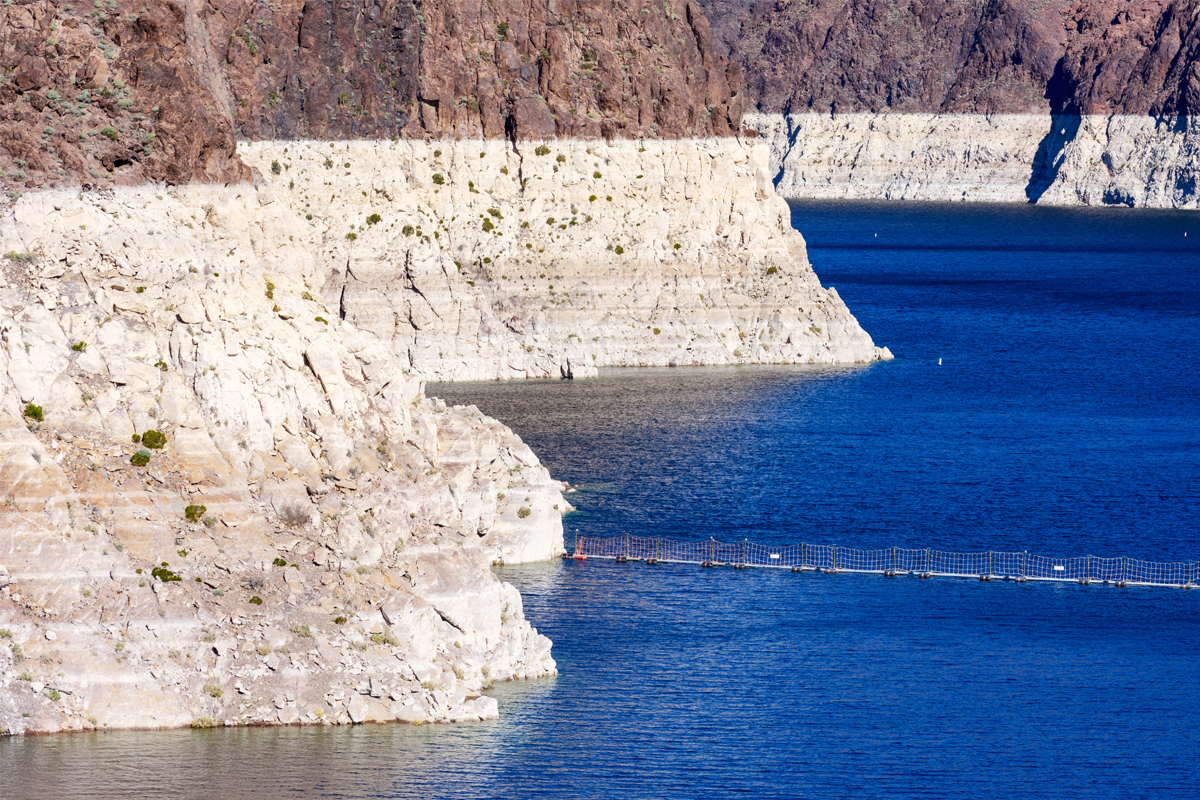
KANSAS CITY — Supply chain disruptions caused by the rapid reopening of markets around the world as COVID-19 restrictions eased represent an immediate challenge food and beverage manufacturers must strive to overcome. But business leaders must not lose sight of the longer-term threat climate change poses to global supply chains, and they must build in resiliency to withstand the changes to come.
The consultancy McKinsey identified climate change as a supply chain threat in 2011, noting that many companies were not equipped to cope with the world they were entering. McKinsey added that most supply chains were engineered to manage stable, high-volume production by capitalizing on labor-arbitrage opportunities available in China and other low-cost countries.
“As networks become more connected, and climate change worsens, the frequency and size of supply-chain-related disasters rises,” according to the McKinsey report. “For this reason and others, understanding how to promote quick recovery is increasingly important. It is also vital for companies to have the incentive to make sufficient investments in resiliency, even when they may not be able to monetize all the benefits of these expenditures because of spillovers to other parts of the networked system.”
Eleven years later, McKinsey’s warning appears prescient, and the Biden administration’s recently released “Economic Report of the President” offers a stark reminder that supply chain challenges will persist long after the current ones posed by COVID ease.
“Although the pandemic has been a particularly dramatic example of a supply-side disruption, the global frequency of natural disasters increased almost threefold between 1975–84 and 2005–14, mostly due to increases in climate-related events,” the report said. “The magnitude of damage from these events is also growing; the number of billion-dollar disasters has risen from an average of 5 annually to 20 over the past 40 years. The frequency of such events is likely to continue to rise in the future, according to the United Nations Intergovernmental Panel on Climate Change.”
Examples of how climate change is affecting supply chains today are numerous. The “heat dome” that affected much of western North America from late June through July 2021 may be a fading memory for many, but companies like Lamb Weston Holdings, Inc. are dealing with the ramifications. The heat wave eroded the quality of the potato crop in the Northwest, and now processors in the region are forced to buy at much higher prices and ship raw material from as far away as the Midwest and Northeast.
In the West, extreme drought is forcing the stark choice between supplying water to consumers or businesses that rely on it. The drought is worsening in California, New Mexico and Nevada, and water storage in the two largest reservoirs in the west — Lake Powell and Lake Mead — has dropped to unprecedented levels, according to the US Drought Monitor.
The warnings of global supply chain analysts about how rising sea levels will adversely affect the port and waterway infrastructure that supports the 80% of global trade volume that is shipped at sea are growing louder as glaciers and ice sheets continue to melt.
In 2011, McKinsey warned that many companies were not equipped to cope with the world they were entering. It is probable that many of those same companies are still unprepared. The COVID pandemic’s disruptions of supply chains may seem like an anomaly, but it may represent a new normal as climate change progresses.





